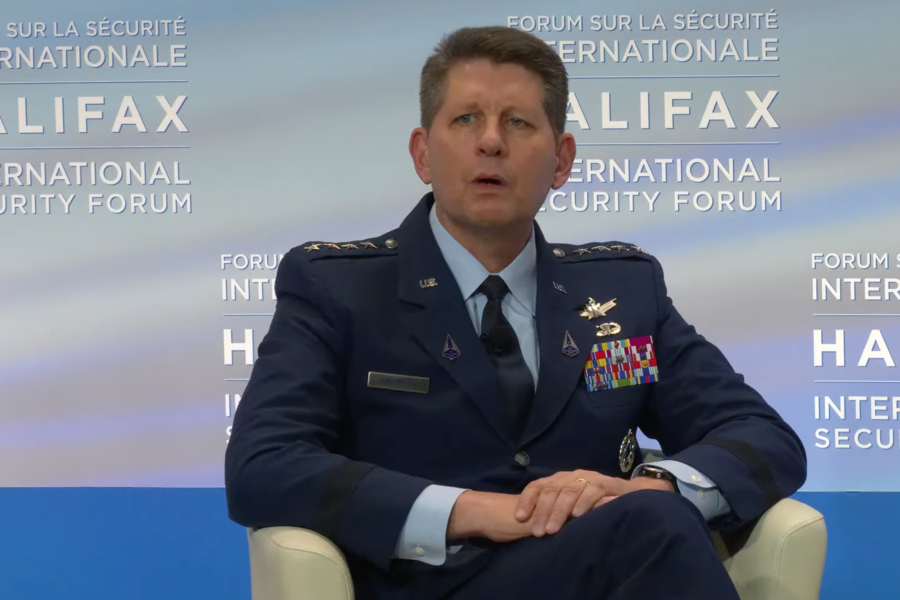One day after the Space Force’s second in command warned that the U.S. is “not as advanced as the Chinese or the Russians in terms of hypersonic programs,” a media report indicated that China’s likely test of a nuclear-capable hypersonic weapon this summer included an added capability.
Financial Times, citing anonymous sources familiar with the matter, reported Nov. 21 that in July, China launched a hypersonic glide vehicle into space, part of a suspected orbital bombardment system that now is said to have fired a missile while flying at least five times the speed of sound.
The ability to fire a projectile off a supersonic platform is “a capability no country has previously demonstrated,” Financial Times reported. The Wall Street Journal subsequently reported the news as well.
The Defense Department has yet to comment on the latest development, though Chairman of the Joint Chiefs of Staff Gen. Mark A. Milley and Vice Chairman Gen. John E. Hyten have both previously confirmed the nuclear-capable hypersonic test—Hyten said such a weapon looks like a “first-use” weapons in a nuclear scenario.
Space Force Gen. David D. Thompson, vice chief of space operations, spoke at the Halifax International Security Forum on Nov. 20, just before the latest reporting on the additional projectile. But when asked about the hypersonic test more broadly, he noted that the U.S. has “a lot of catching up to do very quickly.”
“The Chinese have had an incredibly aggressive hypersonic program for several years,” Thompson added. “And I agree with Gen. Hyten—it’s a very concerning development. I don’t know if it’s a first-use weapon. I will tell you, it greatly complicates the strategic warning problem.”
Thompson explained the challenges to the strategic warning system by likening the Chinese hypersonic missile to a “magic snowball.”
Ballistic missiles follow predictable trajectories, allowing defense systems to track them more easily. By comparison, a hypersonic missile “changes that game entirely,” Thompson said. Using the example of a snowball fight, he explained that with a hypersonic missile, “I can throw that snowball in this direction, I can throw it in that direction, I can throw it in this direction—and it will maneuver back and it’ll hit you. In fact, it might even fly by you, turn around, and hit you in the back of the head. That’s what a hypersonic glide vehicle does. Combine that with a fractional orbital bombardment system, and I’m going to throw the snowball that way, and it’s going to go around the world, and it’s going to come hit you in the back of the head.”
Such a capability makes the world a “much more complicated place,” Thompson said, especially as the Pentagon works to catch up.
Gillian Bussey, director of DOD’s Joint Hypersonics Transition Office, has said the Army will field the military’s first hypersonic weapon in a “year or two.”
